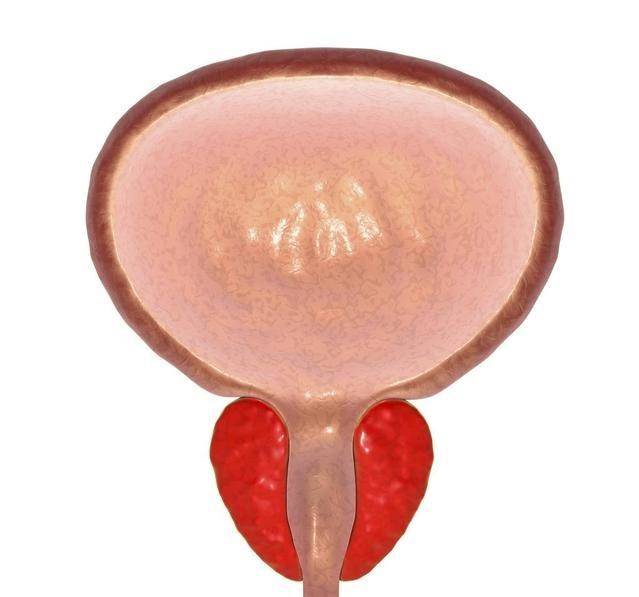Within a man’s body, there is a very special organ. Generally, most organs shrink with age, but this organ is different. It continues to grow throughout one’s life, living and growing old with a person. It is small in childhood, rapidly grows during adolescence, and in middle and old age, connective tissue proliferates, often leading to benign prostatic hypertrophy, which is the prostate.
The prostate is a male-specific sexual gland. Below is a “portrait” of the prostate, which to a certain extent resembles an upside-down chestnut. A normal prostate weighs only around 20g, equivalent to the weight of a grape.
As age increases, the prostate continues to enlarge, causing benign prostatic hyperplasia, also known as benign prostate enlargement. The prostate “resides” below the bladder, so prostate enlargement can lead to a series of issues such as frequent urination, urgency, incomplete urination, incontinence, urinary retention, straining to urinate, and weak urine flow. With age, most patients experience increased difficulty in urination. Frequency of urination is an early symptom, leading to more frequent nighttime urination but with small amounts each time.
Prostate enlargement typically begins in men over 45 years old, symptoms appear around age 50, and are very noticeable by age 60. All men have varying degrees of prostate enlargement, but the severity differs with age. The chart below shows the International Prostate Symptom Score (IPSS), where self-assessment is based on daily symptoms↓↓↓
Note: A total score of 0-7 is considered mild, 8-19 moderate, and 20-35 severe. If the score indicates moderate or severe symptoms, it is advisable to promptly seek a specialist in a reputable hospital for examination.
Doctors perform a digital rectal examination by inserting a finger into the patient’s rectum, without the need for any additional equipment. This is called a digital rectal exam, or rectal finger examination. It helps detect prostate enlargement or prostate cancer in male examinees. It is recommended that men over 50 undergo a PSA test and a digital rectal exam once or twice a year. If there is a family history of prostate cancer, PSA testing and a digital rectal exam should start at age 40, to enable early detection and treatment.
Is there a way to prevent prostate enlargement?
There is no foolproof method to prevent prostate enlargement, but following these points can somewhat delay or prevent its occurrence:
Exercise regularly and avoid prolonged sitting.
Prolonged cycling or driving can cause prostate congestion, so it should be minimized! Extended periods of cycling can repeatedly stimulate the prostate through the saddle, leading to congestion and inflammation, increasing the risk of prostate enlargement over time.
More reading
What to do if a patient with cirrhosis gets pregnant? Is abortion the only option?
If these 3 abnormalities occur, liver cancer may be approaching. The sooner you know, the better.
For gout sufferers, besides alcohol, these 3 types of food are the most feared, as they can worsen the pain the more they are eaten!


